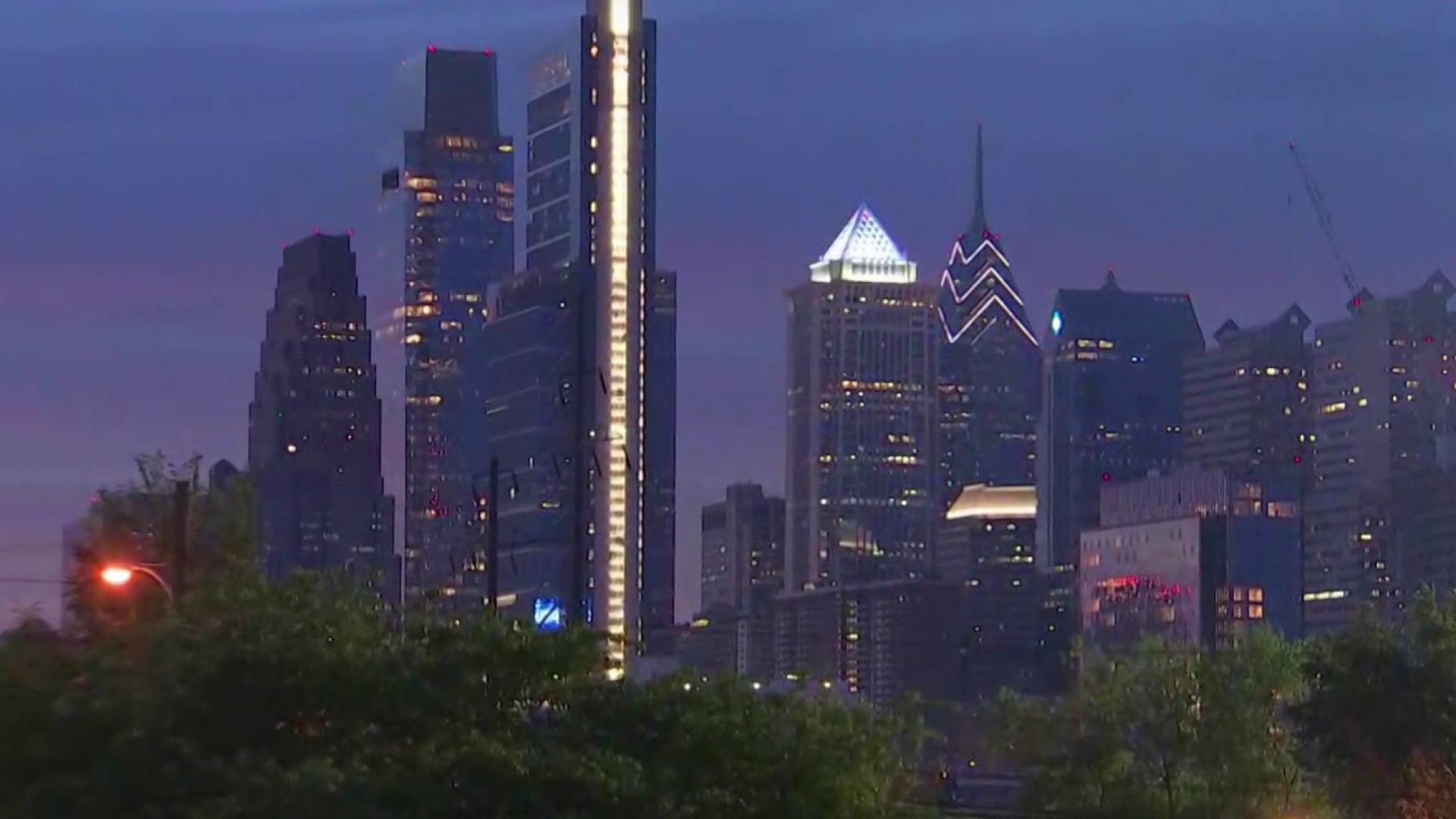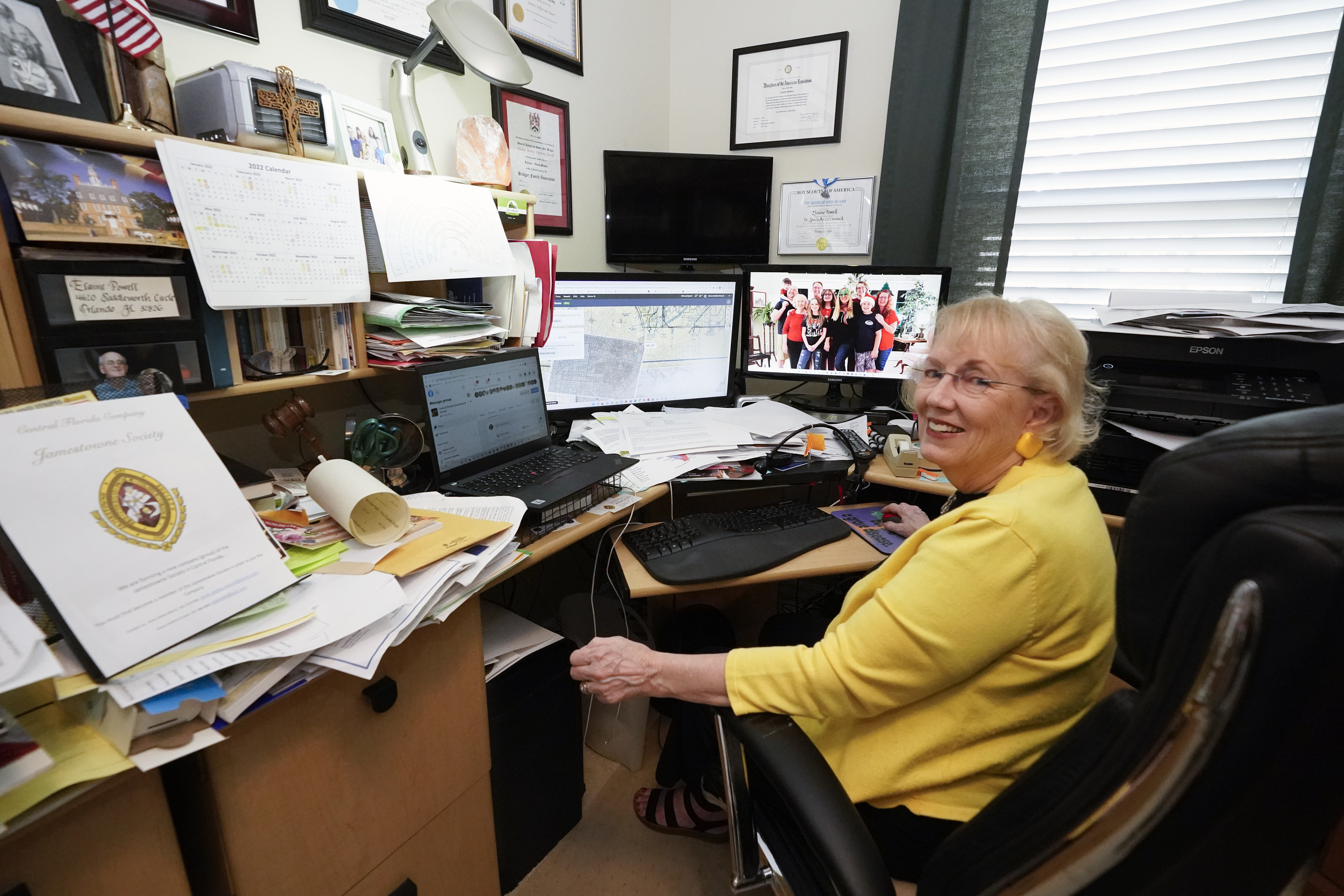
Do you live in the Megalopolis?
That's the name the United States Census Bureau has for a region formed by the series of large, heavily-connected cities in the Northeast. And according to the Census Bureau, it's now home to nearly one in six Americans.
The Megalopolis stretches all the way from Northern Virginia to the southern part of New Hampshire, and is anchored by Washington, D.C.; Baltimore; Philadelphia; New York City and Boston, the Census Bureau says.
Those separate, smaller cities, and the counties they are surrounded by, form the larger Megalopolis. The contiguous group of 103 U.S. counties is home to roughly 50 million people as of fall 2021.
We've got the news you need to know to start your day. Sign up for the First & 4Most morning newsletter — delivered to your inbox daily. Sign up here.
The most densely populated areas in the Megalopolis tend to be along the Amtrak Acela rail line.
The Megalopolis in the northeastern U.S. isn't the only one out there. In fact, Merriam-Webster says a megalopolis is either "a very large city" or "a thickly populated region centering in a metropolis or embracing several metropolises," and uses Tokyo, Japan as a primary example.

The word being used for the northeast part of the country also isn't new. The Census Bureau traces "Megalopolis" as a name for this specific region back to Jean Gottmann, a French geographer who wrote a 1961 study of the region called "Megalopolis: The Urbanized Northeastern Seaboard of the United States."
In that study, which Gottmann said was the result of nearly 20 years of work, he determined that the region along the train line we now refer to as the Northeast Corridor can be counted as a distinct unit.
"The Northeastern seaboard of the United States is today the site of a remarkable development -- an almost continuous stretch of urban and suburban areas from southern New Hampshire to northern Virginia and from the Atlantic shore to the Appalachian foothills," Gottman writes in the first chapter of his study.
"This region has indeed a "personality" of its own," Gottman said.
Due to the changes in counties and their boundaries in the years since 1961, the Census Bureau now counts the Megalopolis as comprising all of the counties whose 2020 metro area boundaries contain at least one of the 1950-era counties that Gottman used to define the region.
Who Lives in the Megalopolis?
While nearly one in six Americans live in the region, the population in the Megalopolis increased at a slower rate between 1960 and 2019 when compared with the rest of the U.S.'s population growth.
"The population of Megalopolis increased from just under 35 million to almost 50 million" in that time period, the U.S. Census bureau said. "The rest of the U.S. population almost doubled."
People who live in the Megalopolis tend to be in the working-age population, between 25 and 64 years old, rather than children and young adults; they also tend to be more likely to hold a Bachelor's degree and/or a graduate or professional degree than people in the rest of the U.S.
The Megalopolis also has a slightly higher proportion of Black or African American residents and Asian residents than the rest of the U.S., according to the U.S. Census Bureau.
Megalopolis residents are also more likely than the rest of the country to either walk or use public transportation to get to work.
Click here to see the U.S. Census Bureau's 2021 graphic about the Megalopolis.



